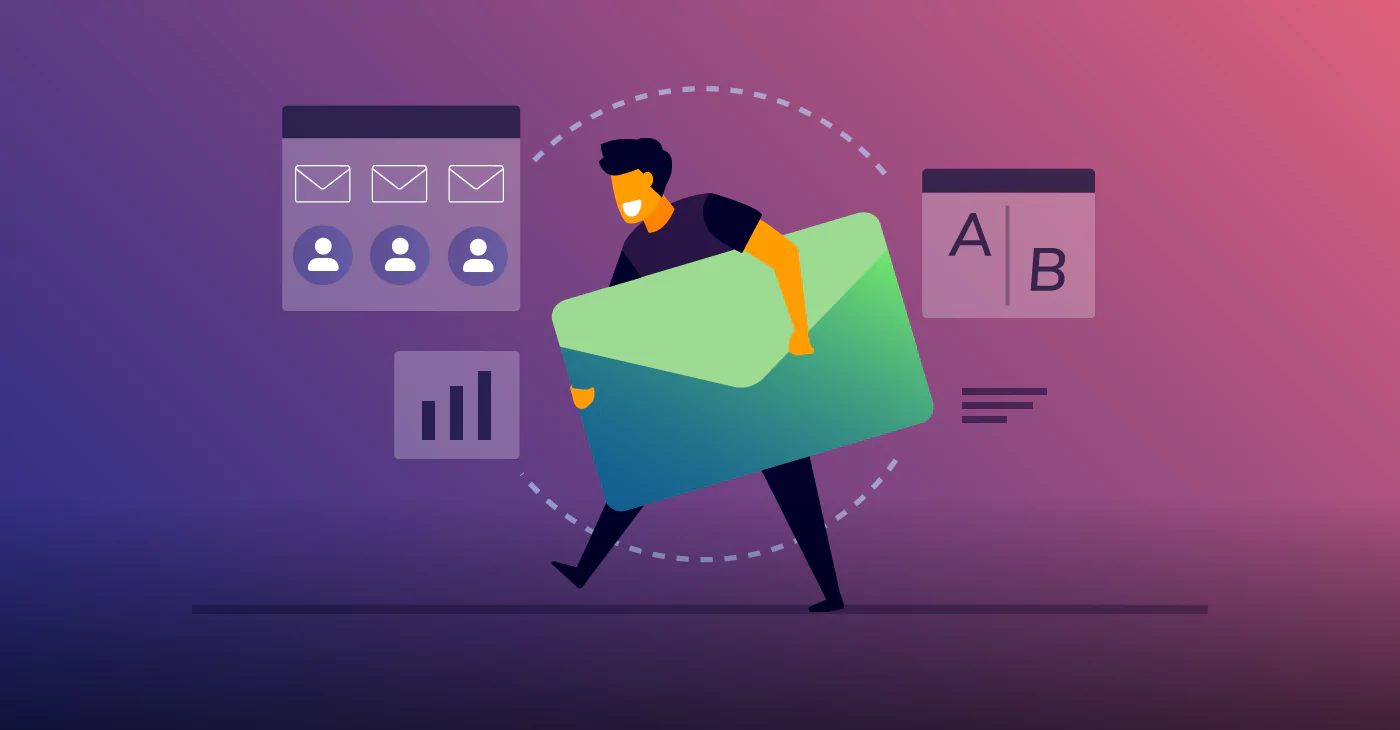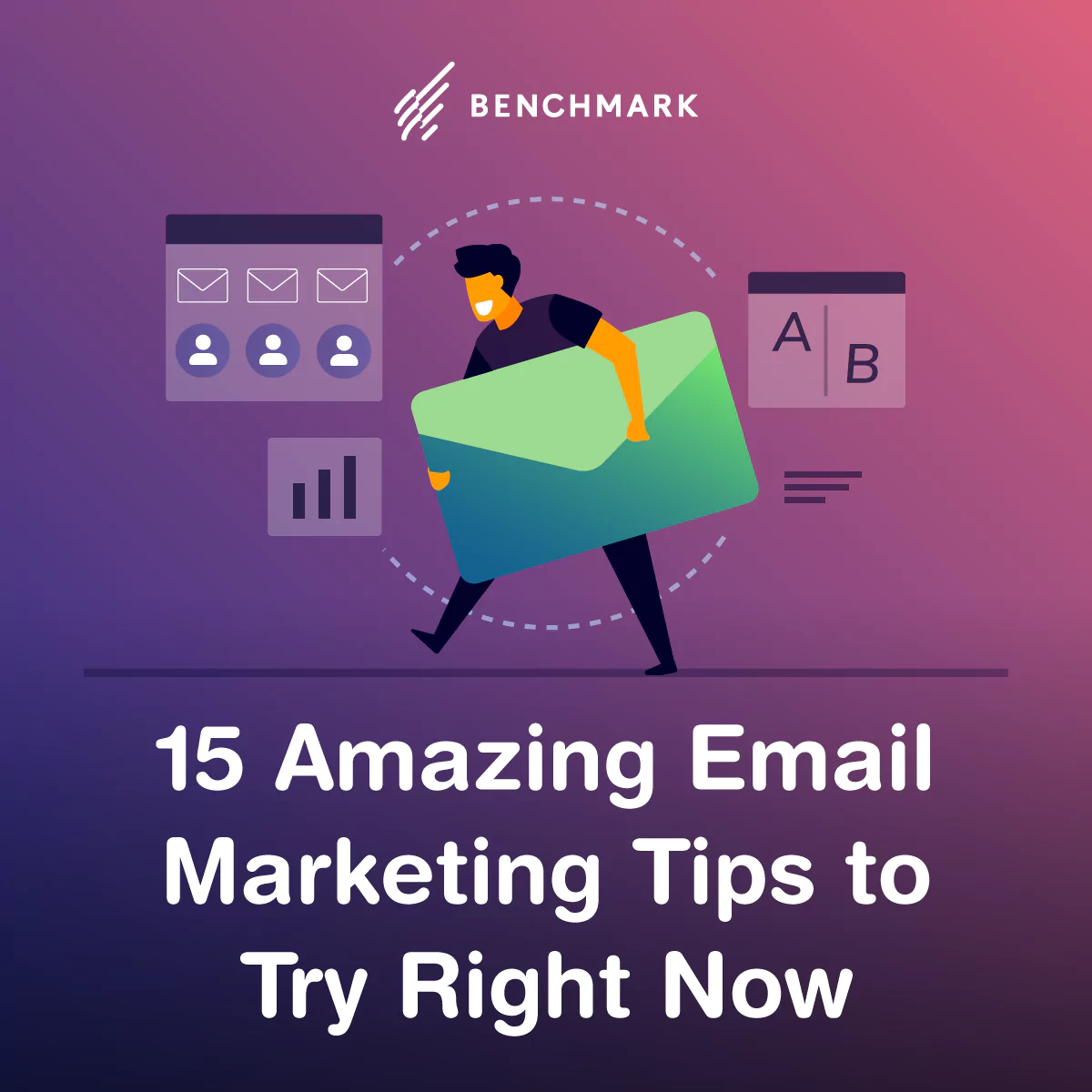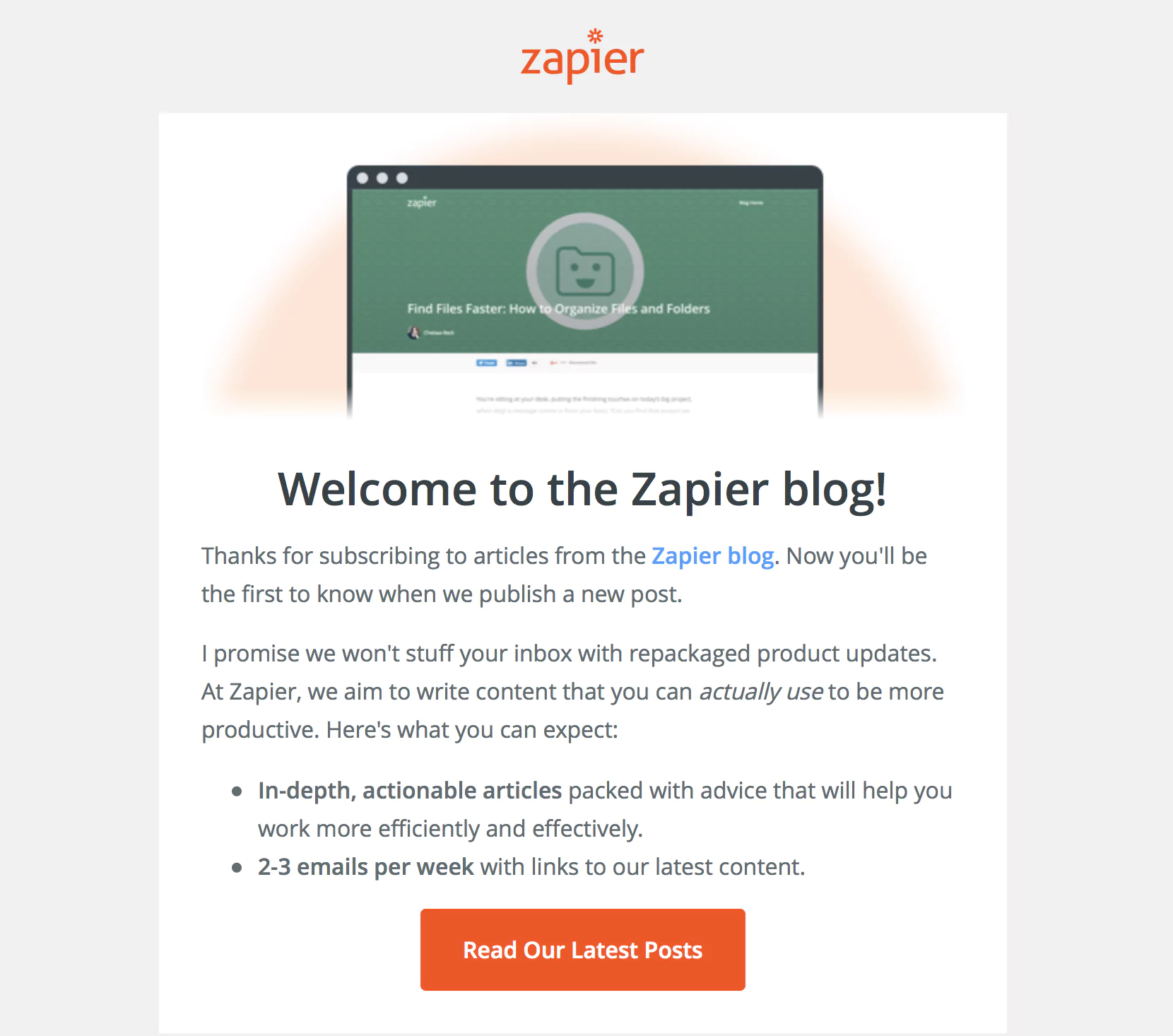
Think about those gimmicky emails that are marked as spam, which are mostly deleted or just keeps piling up in your inbox. If your business is also witnessing the same, then you aren’t properly grabbing your audience’s attention.
As long as you aren’t bombarding your subscriber lists with spam, email marketing is the best resource that helps to develop a connection with your consumers.

Now, let’s enlighten you on some of the best strategies for your email marketing endeavors:
1. Create a List of Your Subscribers
Even when you already have a long list of emails for prospects and clients, you must keep adding more subscribers to it. Particularly when it’s not nearly as cumbersome as it seems. For instance, you should make sure your list is always growing with the help of a signup feature on your website.
Subscription forms should be on the homepage of your website, on the blog section, and basically wherever you feel it’s appropriate to include a subscription form without coming across as too pushy or deviating from the content.

The above-mentioned subscription form from the Spoon graphics shows how to incentivize the subscribers with a promise to offer something in return.
2. Consider A/B Testing the Subject Lines
No amount of studies or external data points will ever be as effective as the results you derive on your own. Now, one of the ideal ways to gain meaningful insight into what works for your target audience is by conducting A/B tests.
Speaking of A/B tests, subject lines are one of the obvious elements that can be explored for split testing, and most email service providers make it easy to undertake.
For instance, the following example is from an organization named Wishpond that a/b tested the email subject lines and the result of which is mentioned below
- Subject line A: “Social Media Stats You Need to Know for 2014”
- Subject line B: “Social Media Stats for 2014”
The winner: Subject line A (11% more opens)!
This example highlights how adding a touch of personalization can lead to higher open rates.
3. Use an Actual Person’s Name in the Sender Field
Receiving an email from an actual person feels more appealing to the audience than the ones coming from a brand. So, make sure to put an actual person’s name in the sender field instead of using your brand name.
For bloggers, your name will double up as your brand. But comparatively larger retail and B2B brands can equally reap the benefits of this strategy.
The majority of email service providers make it fairly simple to edit the sender field. So, you have the option of utilizing the name of the individual sending the email or the name of someone who’d be the best point of contact if a recipient has queries.
For example, if you want to address a grievance of a particular consumer you can start like this-
Hi Sylvia,
In your last email, you stated the problem with redeeming your credit points. Let’s suggest you a few ways you can redeem the points you have earned.
4. Adopt a Welcome Email Series
When a new consumer chooses to sign up for your services or a prospect opts for a free trial, you can utilize system triggers to automatically send them a string of welcome emails. You can maintain the following sequence.
- Welcome them for choosing your services or for taking an interest in your company and mention the contact details in case they wish to get in touch with you.
- Think about following up a few days later with an email consisting of how-to guides to ensure they are making the most of your products or services.
- Again send them an email a week later with valuable content (like white papers or eBooks) that will assist them in resolving the issues that they might be encountering.

In the image above, Zapier’s blog has offered a warm welcome email to those subscribing to their website. It tells them what to expect in regard to the type of content and how often they’ll be sending.
5. Include Impactful CTAs (Possibly in Multiple Locations)
Incorporating a single call-to-action is excellent advice for email marketing.
But have you ever considered applying one CTA in multiple locations?
If one item doesn’t initiate any action from the audience’s end, there’s a chance the next one might.
You can use phrases like “book it now,” “grab the deal,” etc., in order to urge people to take some action.
6. Make it Brief and Crisp
Regardless of whether you’re composing the subject lines or body of an email, keep them as long as it needs to be, and no more than that. Presented below are some general guidelines you can follow:
- Keep the sentences within 25 words, and the paragraphs should also consist of not more than three sentences. These are considered general best practices in the case of email copywriting.
- Always follow the 17-24 characters limit while composing the subject lines. There’s no actual “best subject line length,” but shorter subject lines are considered to be more convenient for mobile devices and more likely to avoid getting cut off.
- Stay on point. Every sentence or word in your email should emanate a clear purpose, and if it doesn’t serve a purpose, then don’t hesitate to remove it.
7. Highlight the Benefits Instead of Focusing on the Features
This is, again, a classic piece of copywriting advice and one that is approved by many experts.
Normally, consumers care more about the aspect of benefits instead of the features. For instance, a sharper lawn mower blade isn’t essential because it’s sharper; it’s a better option for consumers because it means that they can spend less time mowing the lawn.
8. Say No to Generic Templates
It’s common for beginners to work with a template as a starting point. But everyone is familiar with the same drab, plain text email templates.

So, if you’ve already come across similar types of templates before, then you better spend a considerable amount of time on the drawing board and create something fresh.
9. Ensure That Your Emails Don’t Get Stuck in the Spam Folder
If carefully composed emails are landing straight into the spam folders of the subscribers, then the success of your marketing endeavors is self-explanatory. This is why you should begin the process of email marketing after ensuring that your recipients have subscribed to your emails so that you don’t run the risk of breaching any laws related to cyberspace.
Other than that, try not to include block letters in the emails. Avoid too many exclamation marks and hyperbolic sentences. Badly formatted HTML in your emails can also have an adverse effect. Also, you need to remember that spam filters tend to work differently, so a specific email that slips through one filter is likely to be flagged by the other.
For example, practices like hash-busting (inserting random characters to avoid spam filters), deceptive subject lines, image text, and misleading claims should be avoided to get your emails straight to the consumer’s inboxes.
10. Maintain a Schedule and be Consistent
You must have gained a clear idea about the ideal day and time for sending your emails to the list of subscribers. You must maintain consistency. Your consumers will also get used to your schedule, and they would expect an email on the same day. So, you should always maintain the schedule for sending the mail.
A regular and consistent schedule results in a considerable boost in the CTRs and opening rate. An irregular schedule would have the exact opposite impact.
For example, you can opt for an email marketing schedule template like the one available on Hubspot.com.
11. Create a Schedule Well in Advance
Identify some dates on the calendar that will be specifically significant for your business. For example, if you’re in the business of providing assignment help to students, then the time before exams is going to be crucial. You can consider the following aspects.
- Send emails to every subscriber weeks before their exams with a bunch of special offers.
- It’s likely that many students are still grappling with their assignments and are possibly contemplating seeking the help of assignment services.
Not creating a schedule for times like these will only result in losing out on some sales opportunities.
You can maintain a proper calendar for your email marketing campaign like the one mentioned above.
12. Don’t Forget to Keep Evaluating the Data
Never neglect the data you gather from your email marketing procedure. Keep a track of how many email addresses remained undeliverable in a day or at what time most people opened your email. These simple yet crucial details will highlight many insights about the performance of the email you sent.
If you’ve adopted Google Analytics on your website to track the data, tagging your emails with custom campaign tracking can indicate how they are driving traffic to your landing pages and how the visitors react once they arrive at your site. Having such essential information will allow you to bring more precision into your email marketing efforts.

13. Make a Promise From the Very Beginning and Stick to it
Most of the efficient sign-up forms will highlight what an individual signing up for the email should expect.
Will they receive a weekly newsletter? Or a notification when you post a new blog? Will they receive information on special discounts or offers?
Whatever you promise when a visitor signs up for your newsletter, make sure you stick to it.
For example, if you make a promise for a free ebook or access to the next blog posts, make sure the consumers receive the service.
14. Make it Easy for Visitors to Unsubscribe
Yes, you read that right. You must be thinking, isn’t this post about successful email marketing tips? Now, of course, you wouldn’t want to lose out on the subscribers, but the fact is, no matter how engaging your emails are, some visitors or subscribers would want to unsubscribe.
The reason could be anything; they are probably not using your services. Unsubscribes are part and parcel of nurturing your subscriber list. In this case, what you most definitely wouldn’t want is spam reports.

Similar to how Kissmetrics offers a one-click unsubscribe option, you should also adopt a similar feature for the convenience of the consumers.
15. Unleash the Power of Segmentation to Send the Right Message at the Right Time
Segmentation is an extremely potent strategy. But it’s a strategy that is often undermined in the domain of email marketing.
The point is, you might be judging the number of subscribers collectively. But you also have to understand that each one of those subscribers is an individual. As individuals, it’s normal for them to have different needs.
With the segmentation of your email list, you can prepare your message and campaigns according to individual requirements.
For instance, one customer may like the daily newsletter, while the other consumer would like to look at a video. Make sure you cater to each of their individual needs
Wrapping Up
Like any other branch of marketing, email marketing also requires effective planning and evaluation of the data to create a successful campaign. With these tips, your marketing endeavors will hit the bull’s eye every time.



